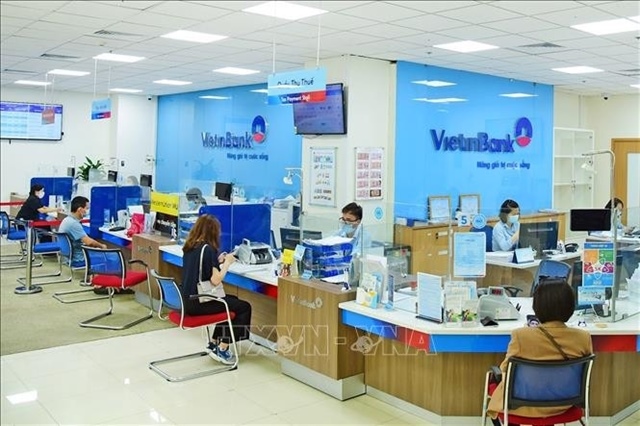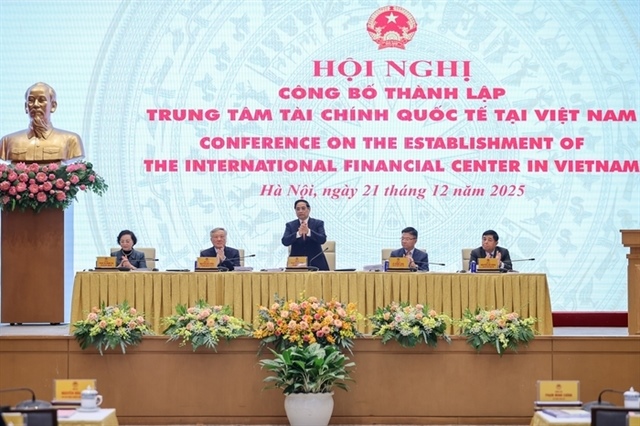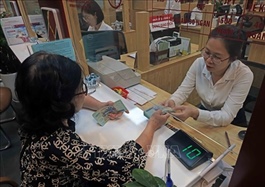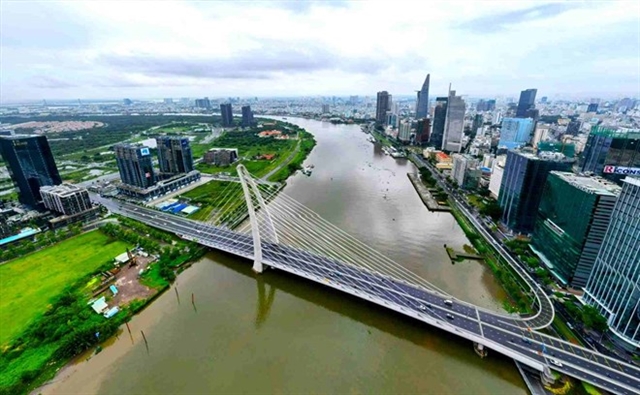Banking mergers and acquisitions drive Vietnam’s future aspirations
Banking mergers and acquisitions drive Vietnam’s future aspirations
If the activities and initiatives over the past few years are any indication to go by, we can safely say that the Vietnam’s banking sector will be entering a transformative phase in 2025 and beyond, marked by significant mergers and acquisitions (M&A) that have reshaped the industry landscape over the past few months.
The recent mergers of smaller banks into Vietcombank and MBBank at the end of 2024 have underscored the growing momentum for consolidation. This trend reflects a strategic response to the sector’s evolving dynamics, encompassing regulatory changes, heightened competition, and the drive for greater operational efficiency.

Samir Dixit, global head, ACORN Management Consulting |
As Vietnam’s economy continues to thrive and integrate deeper into the global markets, the sector’s M&A activities in 2025 would hold immense potential to propel the country’s aspirations for resilience, innovation, and competitiveness in the banking sector.
The mergers involving CBBank, which was mandatorily transferred to Vietcombank, and OceanBank, which was handed over to MBBank at the end of 2024, mark significant milestones in Vietnam’s banking history. This consolidation aligns with global banking trends where stronger institutions absorb smaller entities to create more robust and scalable operations. By creating fewer but larger entities, Vietnam’s banking sector can better withstand economic fluctuations and meet international standards.
These transactions highlight key drivers and motivations for consolidation driven by both market forces and regulatory initiatives. The integration of smaller banks into industry leaders such as Vietcombank and MBBank reflects a strategic effort to consolidate market share and strengthen competitive positioning.
The State Bank of Vietnam has played a pivotal role in consolidation as a means to stabilise the banking system. By encouraging smaller, less resilient banks to merge with stronger institutions, it aims to fortify the sector’s overall financial health and mitigate systemic risks. This aligns with a broader strategy to ensure banks are well-capitalised and prepared to meet the challenges of a rapidly digitising economy.
Operational efficiency has also been a key driver of mergers. By streamlining operations, reducing redundancies, and achieving economies of scale, banks have positioned themselves more competitively in an evolving market. Enhanced operational efficiency not only improves profitability but also boosts service delivery and shareholder value, aligning with the growing focus on digital transformation and customer-centric services.
M&A activities are reshaping the competitive dynamics of Vietnam’s banking sector. Consolidation allows banks to pool resources, invest in advanced technologies, and attract top talent, strengthening their market positions. Beyond scale, these mergers signify a transformative shift that aligns with the nation’s broader economic ambitions.
Despite these advantages, M&A in Vietnam’s banking sector is not without challenges. One significant concern is the integration of brands and organisational cultures. Effective mergers require more than superficial changes like rebranding; they demand careful planning, transparent communication, and a focus on creating a cohesive corporate identity. Failing to address these aspects can lead to customer attrition, employee dissatisfaction, and disruptions in service delivery.
Additionally, consolidation risks creating a market dominated by a few major players, potentially stifling competition. Regulatory authorities must balance fostering growth and ensuring fair competition to protect consumer interests and the sector’s long-term viability. Complex regulatory requirements also pose challenges, particularly for cross-border mergers, where differing compliance standards complicate integration efforts and increase costs.
Technological and operational integration remains another hurdle. Banks must harmonise disparate IT systems and processes to avoid inefficiencies and cybersecurity vulnerabilities. Prolonged integration periods could disrupt services and erode customer trust, making robust IT planning and data security crucial.
In the broader context, M&A serves as a catalyst for Vietnam’s economic ambitions. Consolidation strengthens the banking sector’s resilience amid global economic uncertainties, providing a stable foundation for sustainable growth. By fostering financial stability, Vietnam is better equipped to navigate international headwinds and maintain its growth trajectory.
Moreover, Vietnam’s young population and high digital adoption rates offer immense potential for innovation. Through M&A, banks can harness these trends, drive continuous improvement, and redefine customer experiences by investing in fintech partnerships and advanced digital solutions.
Finally, a robust banking sector underpins Vietnam’s integration into global value chains. Consolidation enables stronger support for trade, investment, and international cooperation, enhancing Vietnam’s attractiveness as a destination for global businesses and investors. By aligning financial sector growth with broader economic aspirations, Vietnam positions itself as a rising player on the global stage.




























